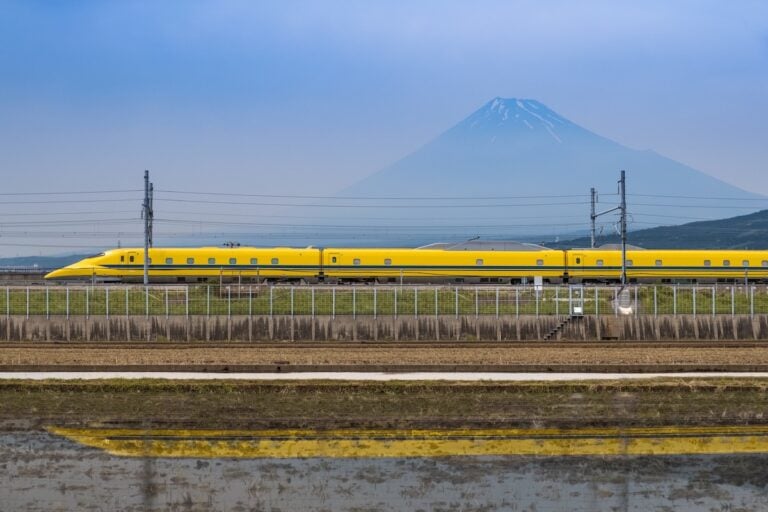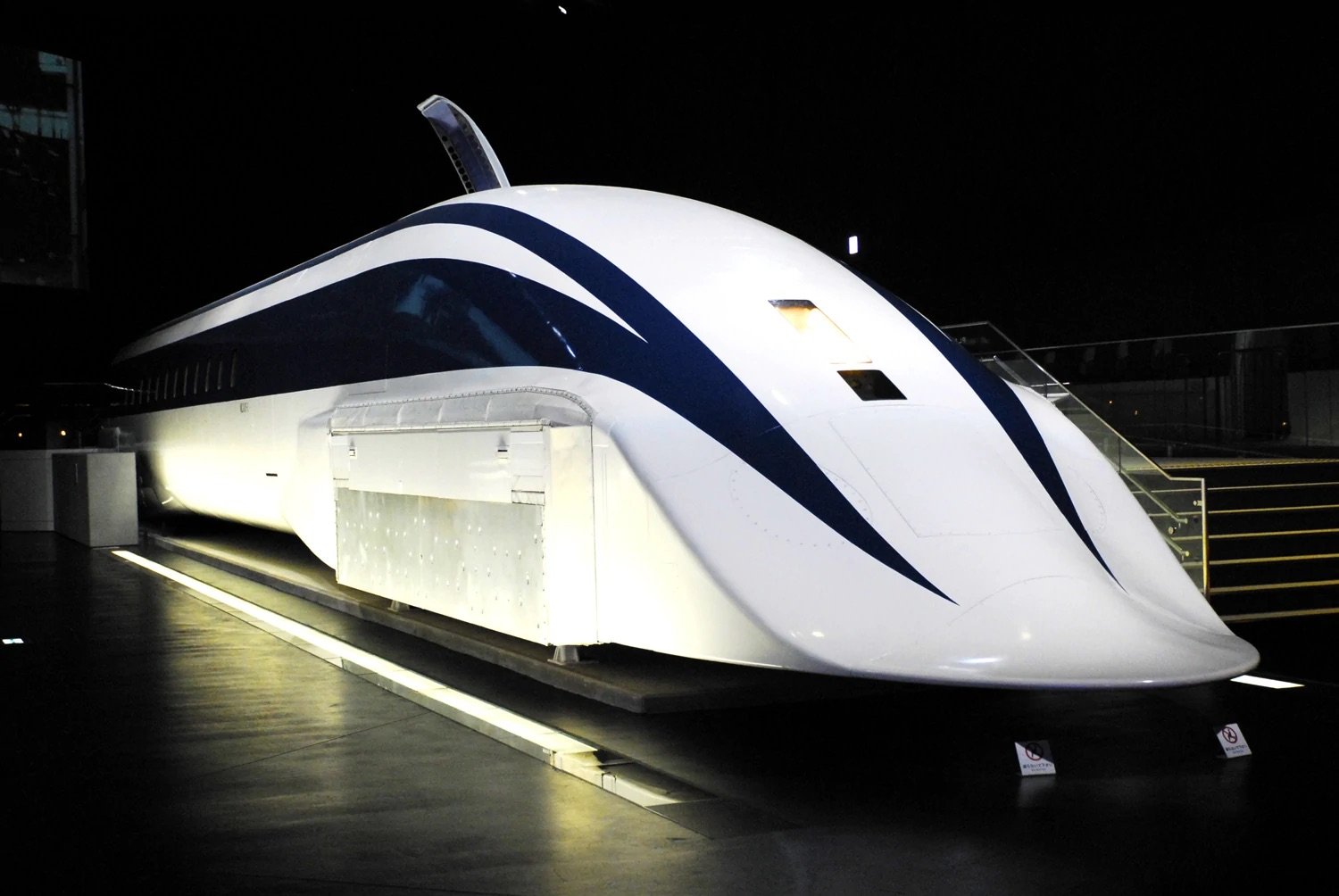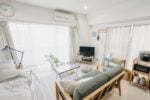
No matter how many times I ride a shinkansen, it never ceases to amaze me just how fast they are. It’s a trite observation at this point, but if you come from a country with very limited rail transport, the sheer speed, smoothness and ease of a shinkansen feels like something right out of science fiction. Sure, you may be traveling at comparable speeds every time you travel by plane, but in a plane you have no frame of reference for how fast you’re going. A shinkansen gives you the exhilaration of watching the beautiful Japanese countryside whiz past you, turning anything at the edge of your periphery into a blur.
You already know all that though. Even those unfamiliar with Japan have heard about their “Bullet Trains” and the extreme punctuality with which they operate. What many aren’t aware of is just how safe they are. When I discuss the subject of Japanese railroads with my relatives, they seem to think that the extreme speed of the shinkansen is a trade-off for potential catastrophe—as if, at 300 kph, you’re one errant dragonfly collision away from a spectacular de-railing that will pulverize you at the subatomic level.
This is not the case. In the half-century history of the shinkansen nobody has ever died or even been injured as a result of a bullet train derailing or colliding with something. Such a spotless track record (no pun intended) requires an intense form of vetting in order to maintain itself. Luckily, there is a special shinkansen that carries out that very duty: Dr. Yellow, the official inspection train for shinkansen lines.
The Doctor Is In
Take a trip to the SCMaglev and Railway Park in Nagoya (a museum dedicated to rail history in the Tokaido region and beyond) and you’ll see every kind of train you can imagine, from hulking steam engines to the MLX01—the fastest train in the world, with a top speed of 602 kph. Yet despite these amazing historical milestones of Japanese rail transport, Dr. Yellow in particular still steals the show.

The MLX01 with a top speed of 581 km/h (361 mph).
On the surface it doesn’t seem obvious why. At first you may think that this is just another example of effective Japanese anthropomorphism—i.e. another mascot to sell shirts and omiyage in the gift shop. Granted, the cutesy title has surely made it more memorable than MLX01, which sounds like some forgotten Star Wars droid. Yet, the true reason for Dr. Yellow’s importance is that it facilitates not only the operation of every other shinkansen, but also the aforementioned spotless track record that instills so much confidence in the safety of the Japanese railroad system.
Do No Harm
Doctor Yellow is not a single train, but rather refers to a class of inspection vehicles. Inspections are carried out every ten days at an undisclosed time. The idea behind the inspection process is that Dr. Yellow should be able to travel in the exact same method as a regular shinkansen. It travels the same rails as the normal bullet train, measuring the regularity of the tracks and keeping an eye out for fraying cables or hazardous obstructions using a series of cameras affixed to the exterior of the train. In 1997, laser measurement was added to provide even more accurate data on rail transport stability.

In the early 1970s it took four whole days to inspect the Tokaido line. Inspections had to be done one section at a time because of this. Said inspections were carried out exclusively during night hours so as not to get in the way of normal operations, which for obvious reasons made spotting defects trickier. The reason for this limitation is that Dr. Yellow had to travel slowly in those days, since many of the inspection points could only be done using human eyes in real time.
Nowadays, in the age of easily recorded digital video and powerful computation, Dr. Yellow can not only operate day and night, but also requires far fewer inspectors and can record its trip for further review. Most importantly, it can travel at the same speed as a normal shinkansen while doing its rounds, meaning that it will never interfere with commuting schedules. When defects are spotted, a separate class of vehicle are brought out to do repairs. Rails are replaced, wires mended and obstacles cleared, all thanks to input from Dr. Yellow’s inspection. Once those are complete, the process begins again in another ten days, every ten days, from now until the end of time.
Why Yellow?
The name Dr. Yellow comes from two sources. The “Dr.” part obviously alludes to how it ensures the health of the track. The “Yellow” part has a little more history to it though. When shinkansen models are tested, they must be first be put through their paces in the Kamonomiya Base, a “Model Line” in Kanagawa. Kamonomiya Base contains just about every kind of condition a bullet train will be expected to face in its lifetime; Straights, curves, tunnels, iron bridges and a central Japanese climate representing a statistical average for the country.
Due to the above, Kamonomiya Base serves as a great control variable of sorts when testing—a boot camp for bullet trains before they’re put into service. The color chosen to denote the line was yellow, which explains Dr. Yellow’s titular paint scheme. In this facet, the yellow livery is a symbolic link between the proving grounds for a train’s qualifications and the very machine that ensures those qualifications are upheld.
One could discuss the many permutations of Dr. Yellow endlessly. The model 922 series 10 and 20 have 7 cars, for example. This mimics the shape of a normal Shinkansen, but also provides a more extensive suite of inspection tools compared to the earlier 941, which had only two cars, from the aforementioned time when Japanese railroad inspections were carried out by hand. Different regions may have different types of Dr. Yellow as well. For example, the Nagano shinkansen through Usui Pass is shorter due to the more winding tracks, which is something the 921 series 32 Dr. Yellow accounts for. Every track represents unique meteorological and geographic conditions that must be considered, so each Dr. Yellow must be custom-made for such adverse conditions.
I mentioned before that the shinkansen is not as dangerous as many foreigners believe, and this is in large part due to the rigorous inspections already in place. Were the differences in climate or the upkeep of tracks not considered during the creation of the high-speed Japanese railroad system, then the shinkansen could have become something unreliable—feared, or at least not completely trusted. Instead, it has become a boon for long-distance commuters and a shining achievement for Japanese infrastructure. Thankfully, Dr. Yellow is always there to maintain this status quo, and The Doctor still makes house calls.














